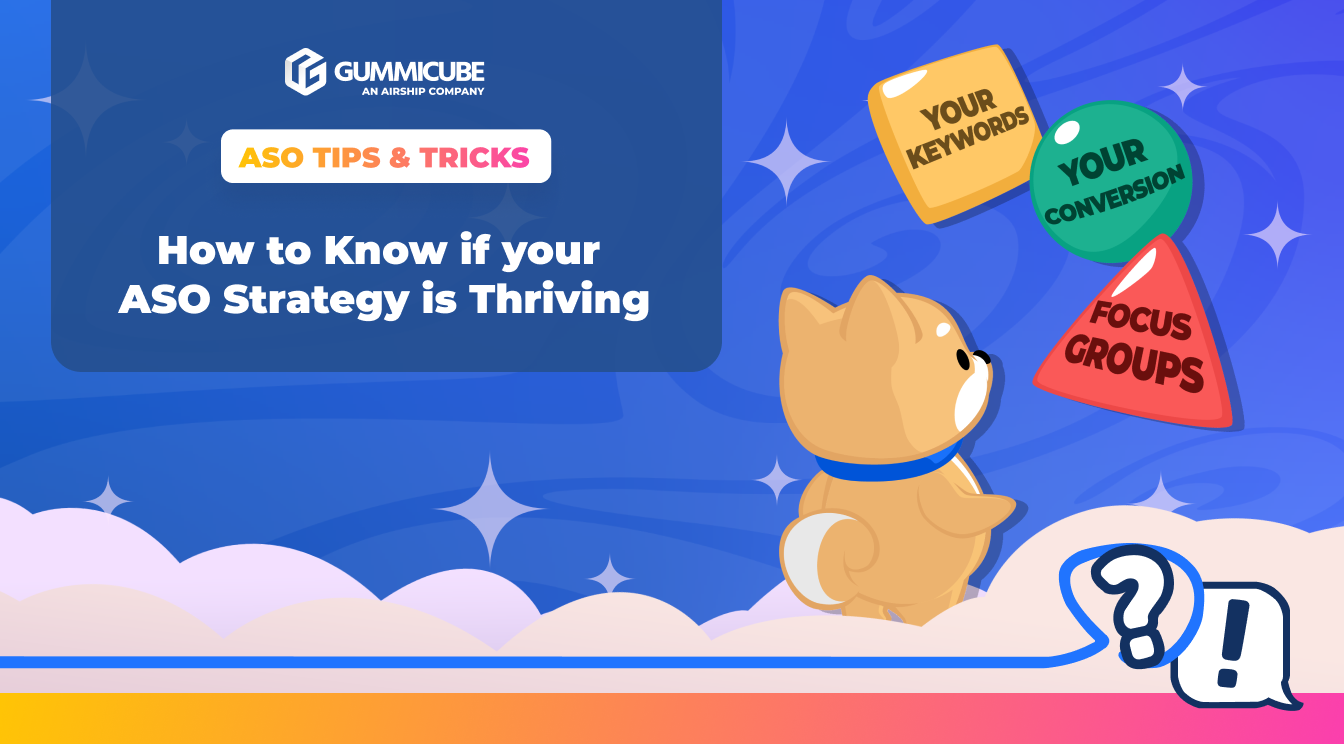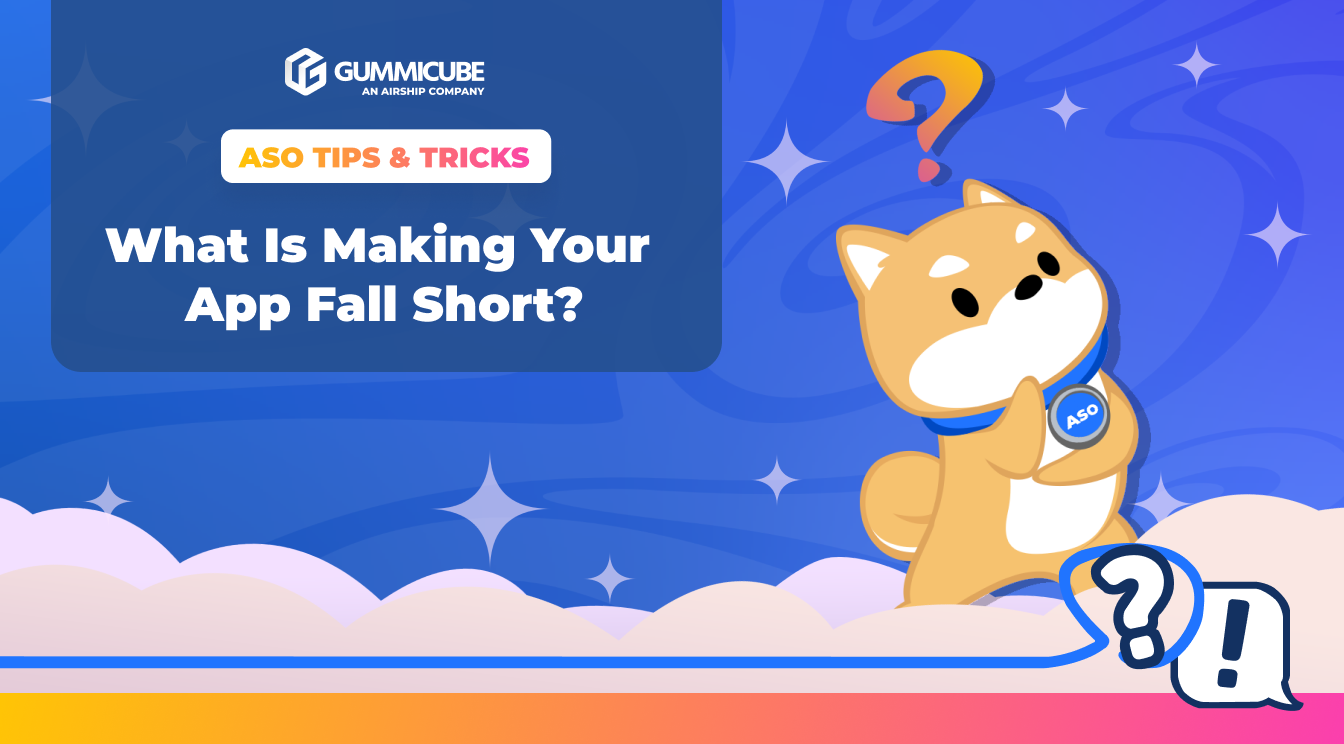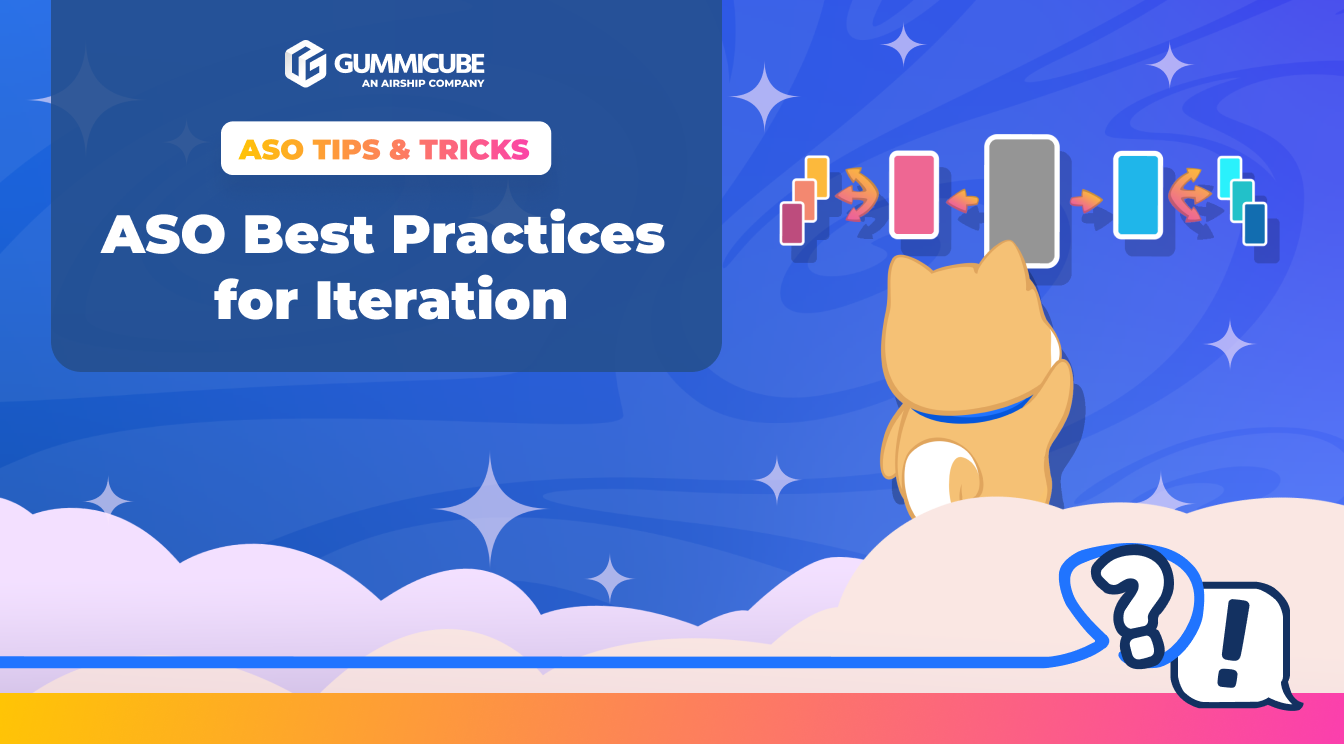
How To Know If Your ASO Strategy Is Thriving
Posted on November 21st, 2025
ASO measurement is defined by the alignment and progress across all KPIs that influence visibility, relevance, and user engagement. Read more now!

App Store Optimization (ASO) is a long-term strategy that requires regular attention, refinement, and data-driven strategies in order to create opportunities to elevate your app listing. Even the strongest apps can fall short if they overlook key opportunities—especially those driven by seasonality, shifting user demand, and competitive movements. While most developers understand the importance of keywords, metadata, and conversion optimization, many still ignore one of the most powerful levers for visibility and engagement: seasonal optimization.
App seasonality is more than holiday-themed visuals—it’s a strategic, data-backed approach to aligning your app’s presence with user intent during the moments when they’re searching the most. From icon updates to promotional screenshot swaps to targeted seasonal keywords, apps that adapt quickly often capture the attention (and installs) that competitors miss.
Yet many businesses continue to underutilize these opportunities, allowing more proactive competitors to dominate search results and conversion funnels. For growth-minded teams, the question is no longer whether to optimize seasonally, but how consistently and strategically they can execute.
This week’s ASO Tips and Tricks breaks down the seasonal ASO opportunities many apps overlook, showcases brands that are doing it right, and highlights the foundational ASO best practices that help apps remain competitive year-round.
Seasonality plays a substantial role in user behavior. Whether it’s back-to-school shopping, the start of a new sports season, holiday gifting, or major retail tentpole events like Black Friday, users search differently depending on the time of year. Their needs shift, and so do their search queries.
When your app fails to reflect these seasonal trends, you risk:
In a crowded marketplace, failing to adapt is not a neutral decision—it is a competitive disadvantage.
Some of the world’s largest retail apps are actively leveraging seasonality, illustrating how even the most recognizable brands rely on visual and metadata updates to remain relevant from season to season.

Walmart has recently updated its App Store icon to showcase a striped alternating blue colors that resembles wrapping paper for the spike in major retail moments that reflect holiday shopping, and special event sales. These updates immediately signal relevance, helping the app stand out in crowded search results during high-traffic periods.

Target also embraced an event-driven app listing update, aligning its App Store screenshots with seasonal retail cycles that showcase iPhone mockups with messaging saying “Shop all things holiday,” “Christmas is here,” and “Cozy family PJ’s”.

Dick’s Sporting Goods updated its app icon to make it look like it was wrapped in their on-brand green color and wrapped in a gold bow. This change reflects the current shopping season, insinuating that they will have holiday promotions and other high-priority sales windows for the season.

SHEIN has notably updated its first screenshot to highlight events such as Black Friday, using highly engaging visuals to reinforce time sensitivity for its deals and create opportunities to improve install conversion rates during peak shopping season.
All four of these examples illustrate a key truth: If the largest retailers in the world are actively updating their listings seasonally, it’s because the approach works.
Seasonality is not limited to visuals. It also applies to the language users search for—and the language your app can target.
Using ASO tools, developers can perform targeted keyword research to identify seasonal search patterns tied to events like:
Integrating relevant seasonal keywords helps your app surface in more searches at the exact moments users are most active. Ignoring these opportunities means losing visibility to competitors who adapt faster and more strategically.
A strong ASO strategy relies on testing—not guessing.
Seasonality is predictable, but user response to creative changes is not. That’s why developers should A/B test:
Testing these elements well before the season begins ensures your app enters peak periods with the highest-performing assets, not untested creative that may underperform.
While seasonal optimization is a powerful growth driver, it must work alongside broader ASO fundamentals. If your app is underperforming, foundational ASO gaps may be holding you back.
Core ASO best practices include:
Monitoring competitors’ keywords, metadata, and seasonal strategies helps identify gaps and new opportunities.
Search trends shift frequently. Regular updates prevent metadata fatigue and keep your app competitive throughout the year.
Icons, screenshots, preview videos, and metadata should all be part of an ongoing testing workflow.
Stale creatives lead to declining conversion rates. Regular visual updates help maintain relevance.
Paid trends and creative performance can strengthen an organic ASO strategy—though paid alone cannot drive conversion rate growth.
ASO is a compounding strategy built on consistent improvements over time.
Seasonal ASO creates tangible benefits:
Seasonal updates are not “extra.” They’re essential. Apps that adapt win. Apps that stay static fall short.
Seasonality is one of the most powerful and most overlooked opportunities in ASO. Ignoring it means missing moments when users are searching most actively—and when competitors are aggressively optimizing. By pairing seasonal updates with strong, foundational ASO best practices, such as competitor analysis, ongoing keyword research, A/B testing, and consistent iteration, apps can increase visibility and create more opportunities for sustained growth.
If you’re ready to take a more strategic approach to App Store Optimization, our team is here to help. From seasonal creative planning to keyword research, metadata updates, and comprehensive organic management, we offer full-spectrum ASO services designed to uncover new growth opportunities and strengthen your app’s visibility throughout the year.

ASO measurement is defined by the alignment and progress across all KPIs that influence visibility, relevance, and user engagement. Read more now!

A successful keyword strategy requires regular evaluation & strategy. Read more to see how choosing the right app keywords can transform your app listing!

Evolve faster, respond to market trends more efficiently, and maintain user engagement over time with iterative testing. Read more below.